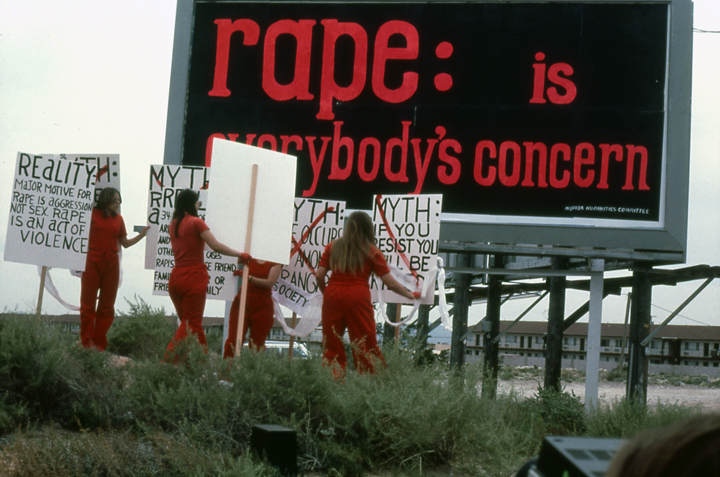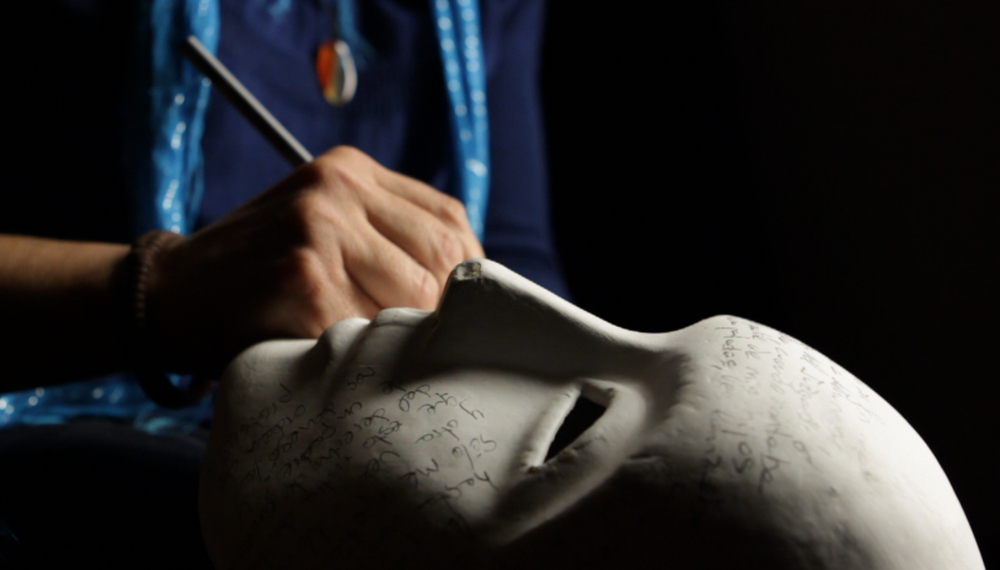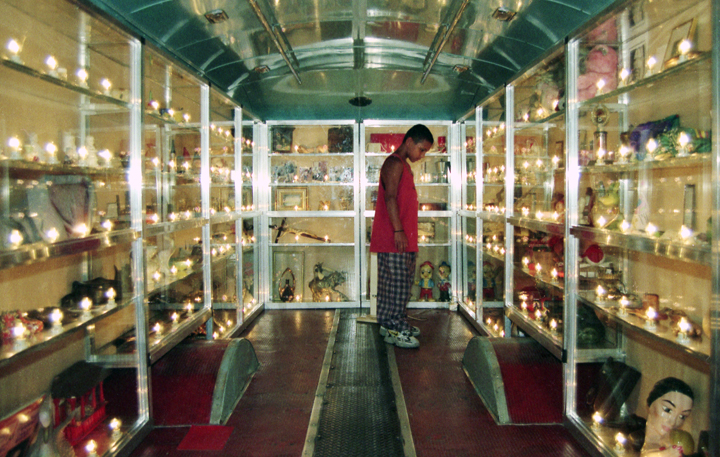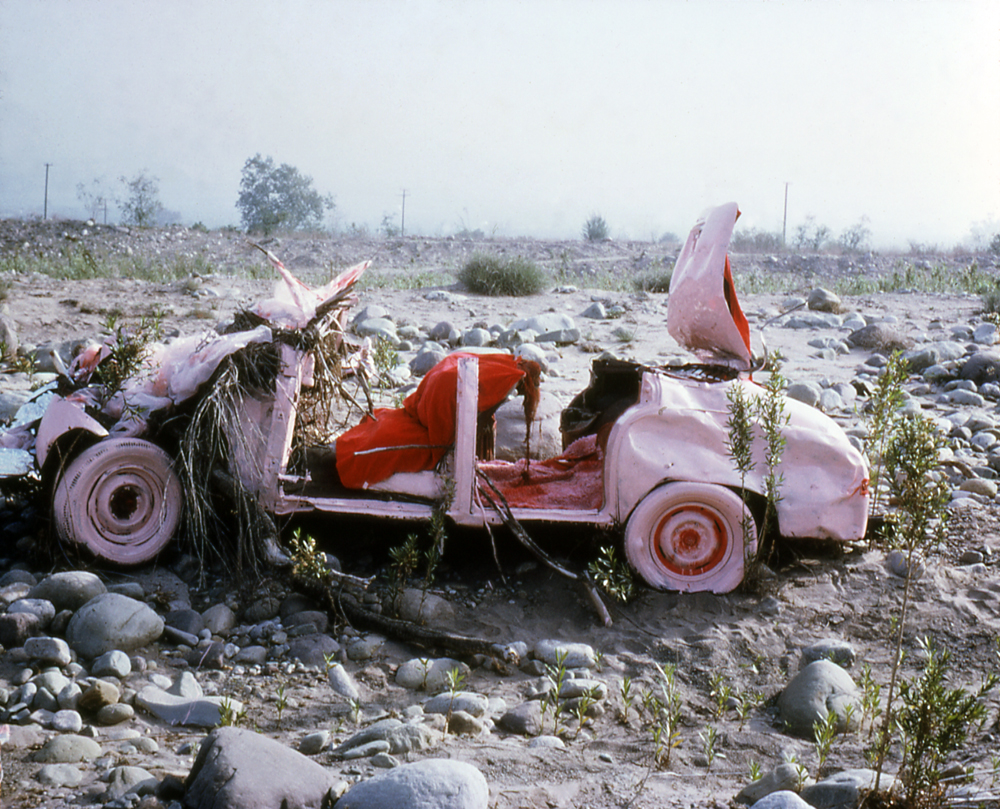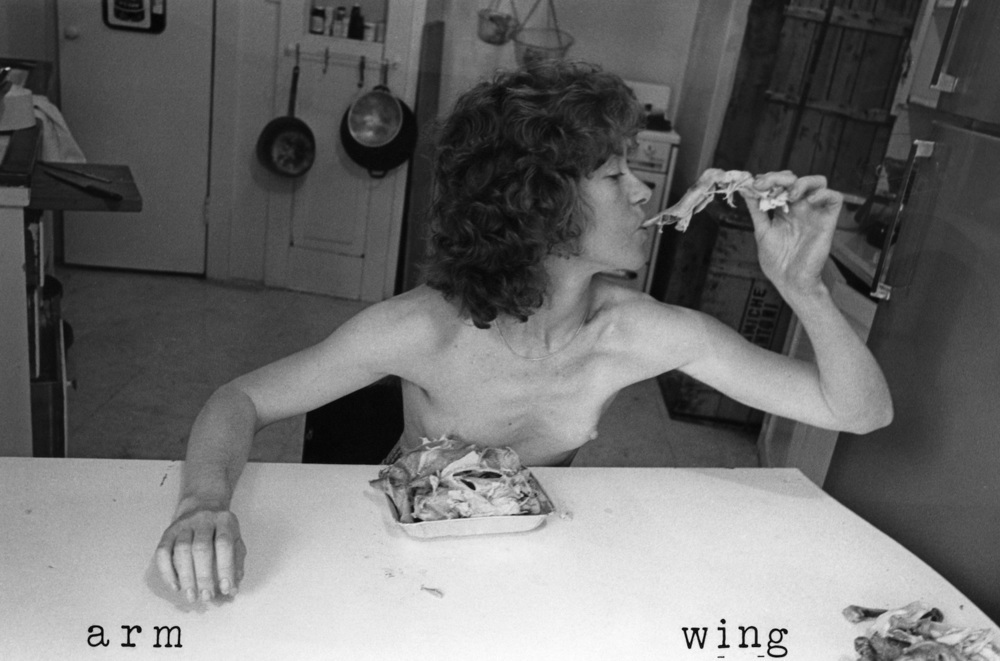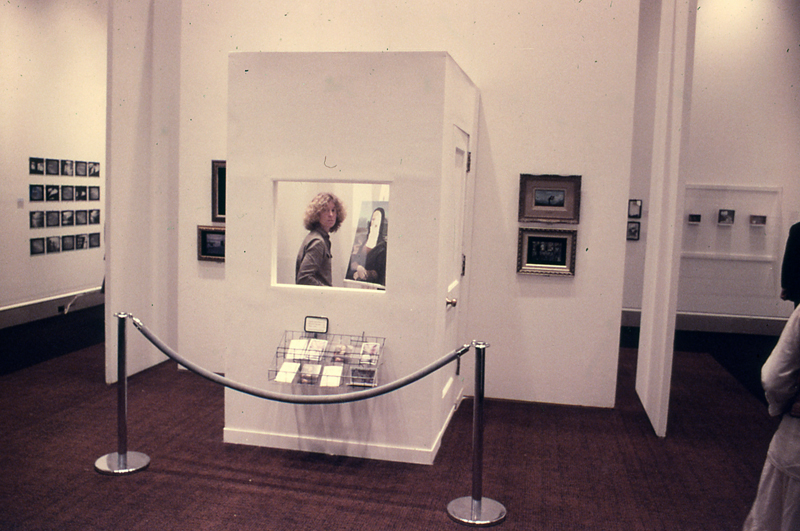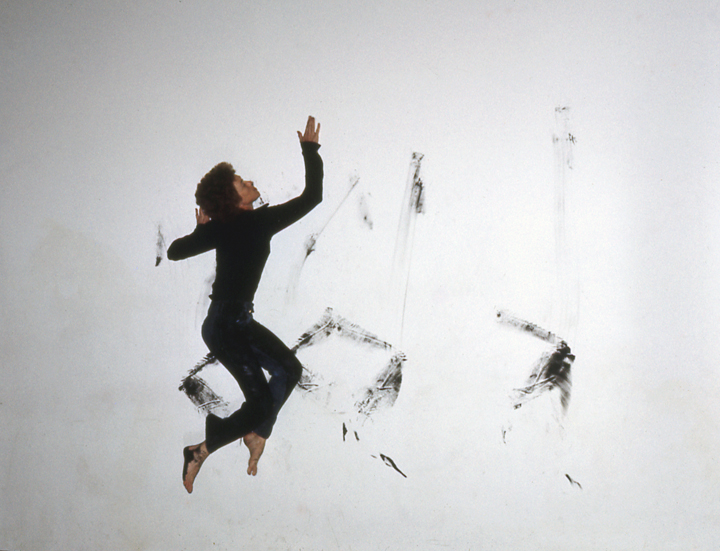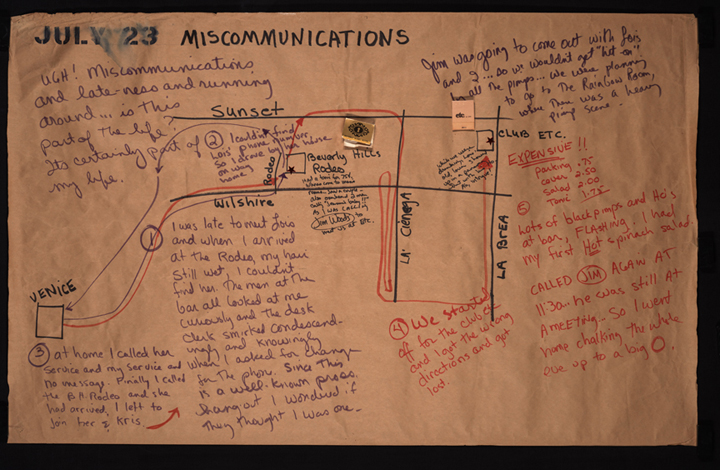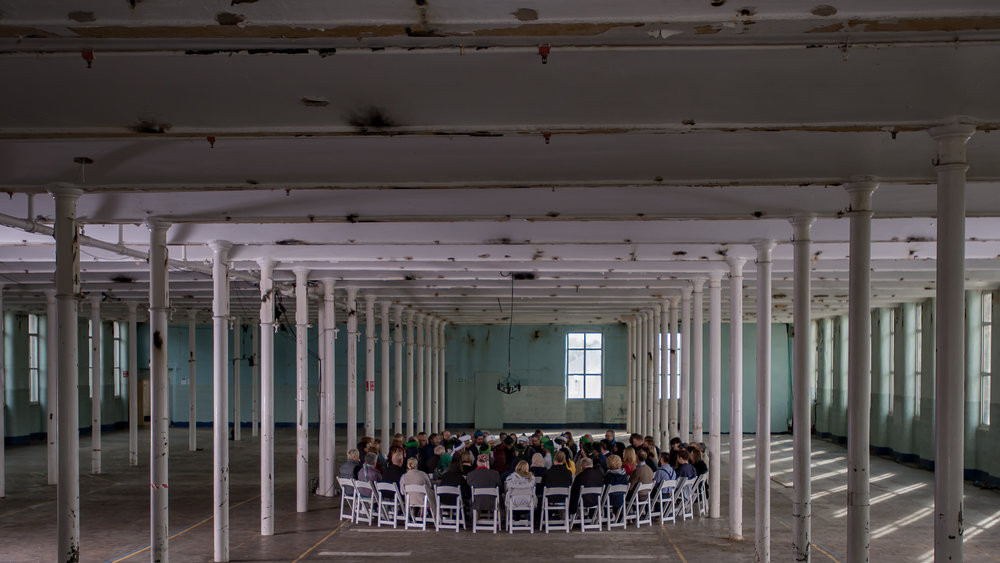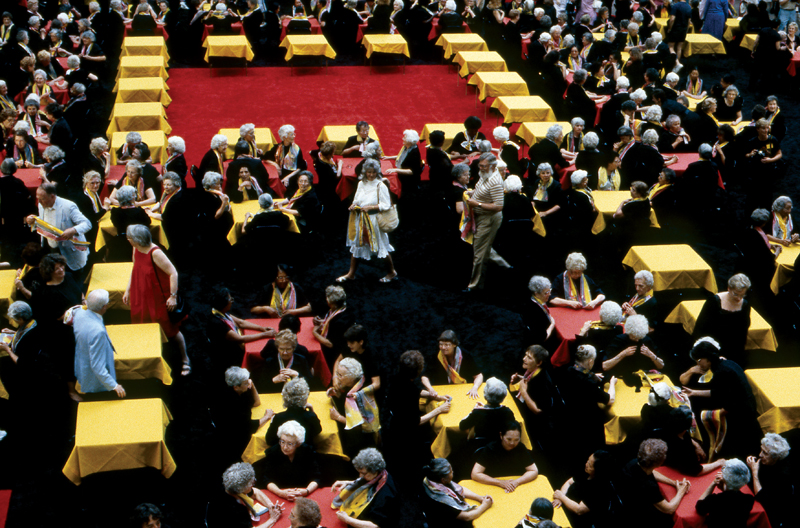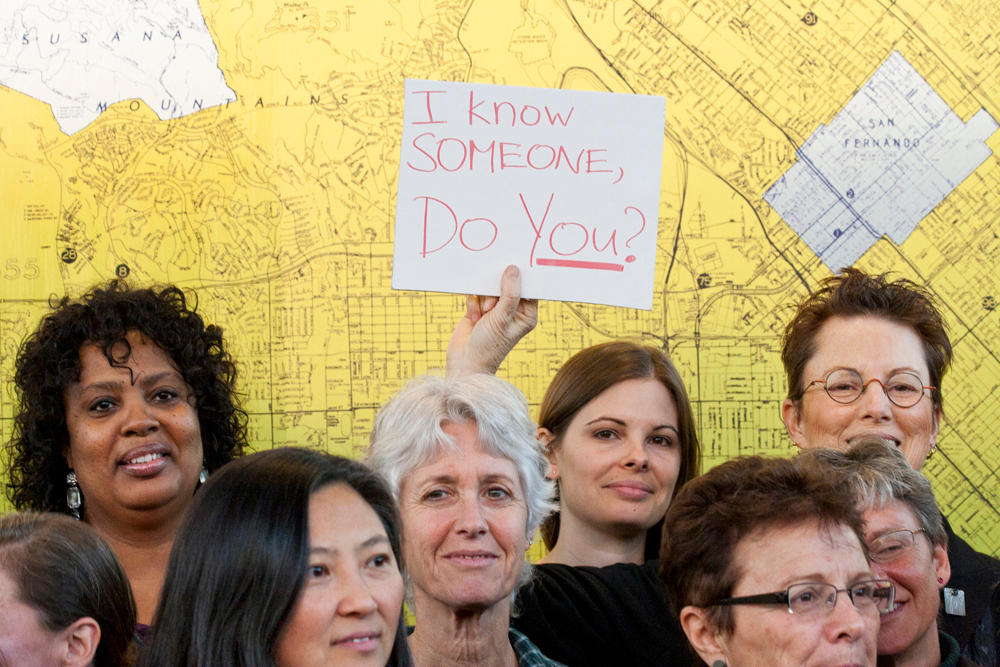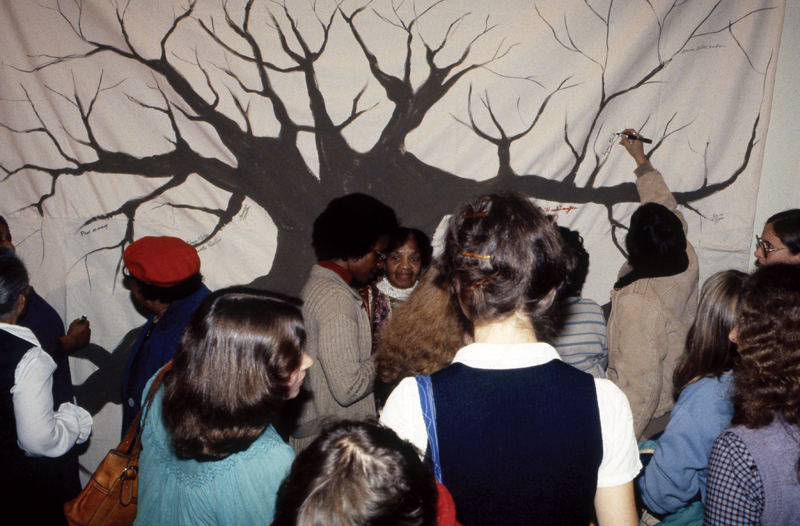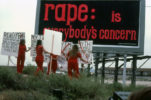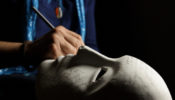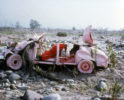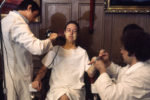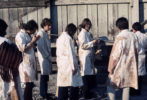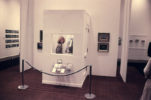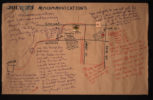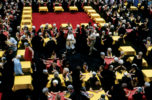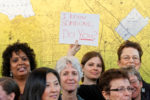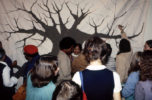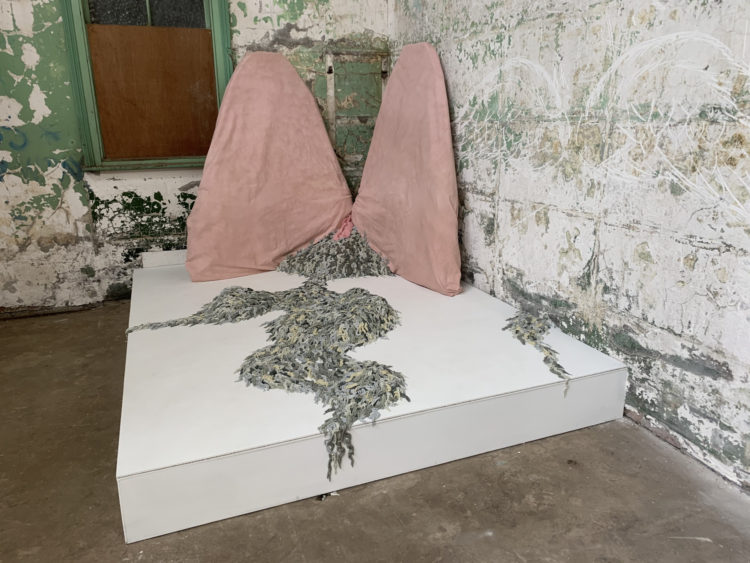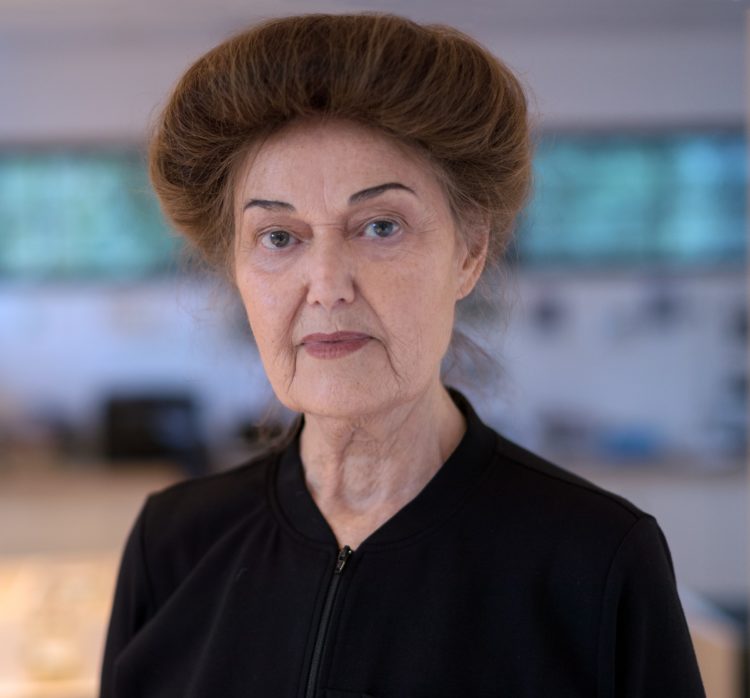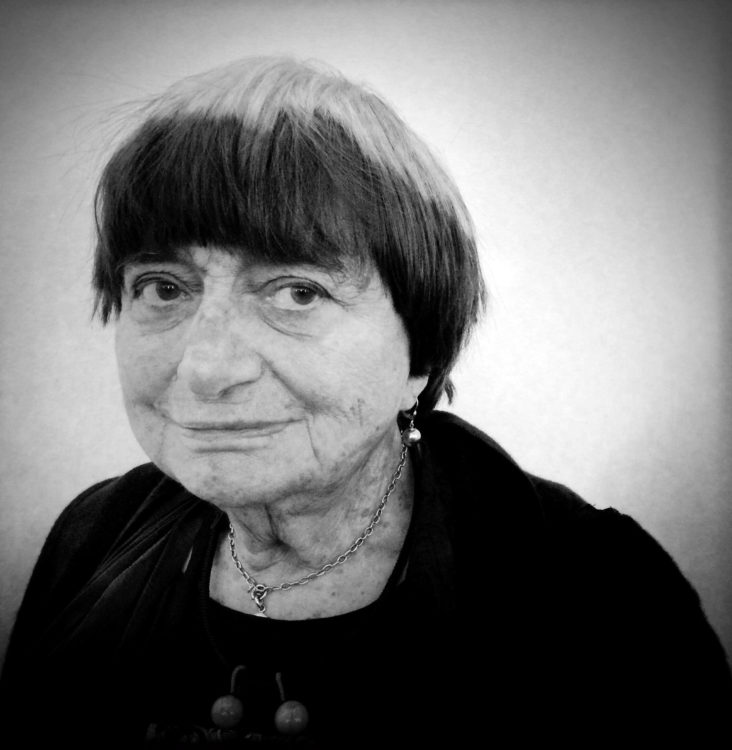Suzanne Lacy
Lacy Suzanne, Roth Moira, Leaving art: writings on performance, politics and publics, 1974-2007, Durham, Duke University Press, 2010
→Irish Sharon Lee, Suzanne Lacy, spaces between, Minneapolis, University of Minnesota Press, 2010
Suzanne Lacy: gender agendas, Museo Pecci Milano, Milan, 14 November 2014 – 6 January 2015
→Suzanne Lacy, We Are Here, SFMOMA, San Francisco, 20 April – 4 August 2019
American multimedia artist, writer and activist.
Suzanne Lacy is a pioneer feminist artist in the United States. Her artistic practice has infiltrated media and political campaigns centred on “social themes and urban questions”, as she herself says. Since the 1970s this radically political art, in collaboration with the public and other artists, has aimed at what she called the three Ps: positionality, performance and participation. She is also a writer and teacher: she was dean at the California College of the Arts, and later director at the Center for Fine Art and Public Life, and was also chair of Fine Arts at Otis College of Art and Design; she published Mapping the Terrain: New Genre Public Art (1995). Beginning in the 1970s, in collaboration with feminist writers and activists, The Violence Series projects, aimed at shedding light on the strategies and methods of ordinary violence, mobilised people of all social classes. In 1977 she realised Three Weeks in May with Leslie Labowitz, an “expanded” performance comprised of political speeches, televised interventions and self-defence lessons for women in light of a renewed violence against women.
From 1991 to 2000, The Oakland Projects brought together installations, performances and political actions led by the youth from Oakland, California. Places of diversity and political activism, the public schools brought together large African-American, Latino and Asian populations. S. Lacy worked there under the acronym TEAM (Teens Educators Artists Media Makers), proposing workshops, courses and media interventions, as well as an institutional programme. This project was one of the richest experiences for public policy, the integration of diverse communities and the role of the youth in the visual arts. Similarly, the participatory project Evoking History: The Borough Project in the 2000s aimed to spark a civic discourse about the future of Charleston, South Carolina and its surrounding area.
© Éditions des femmes – Antoinette Fouque, 2013
© Archives of Women Artists, Research and Exhibitions, 2020



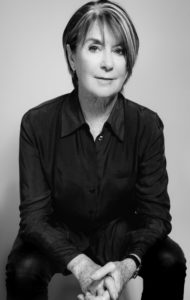
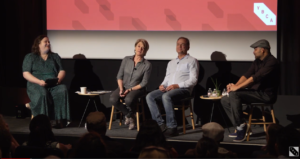 Suzanne Lacy Panel
Suzanne Lacy Panel 